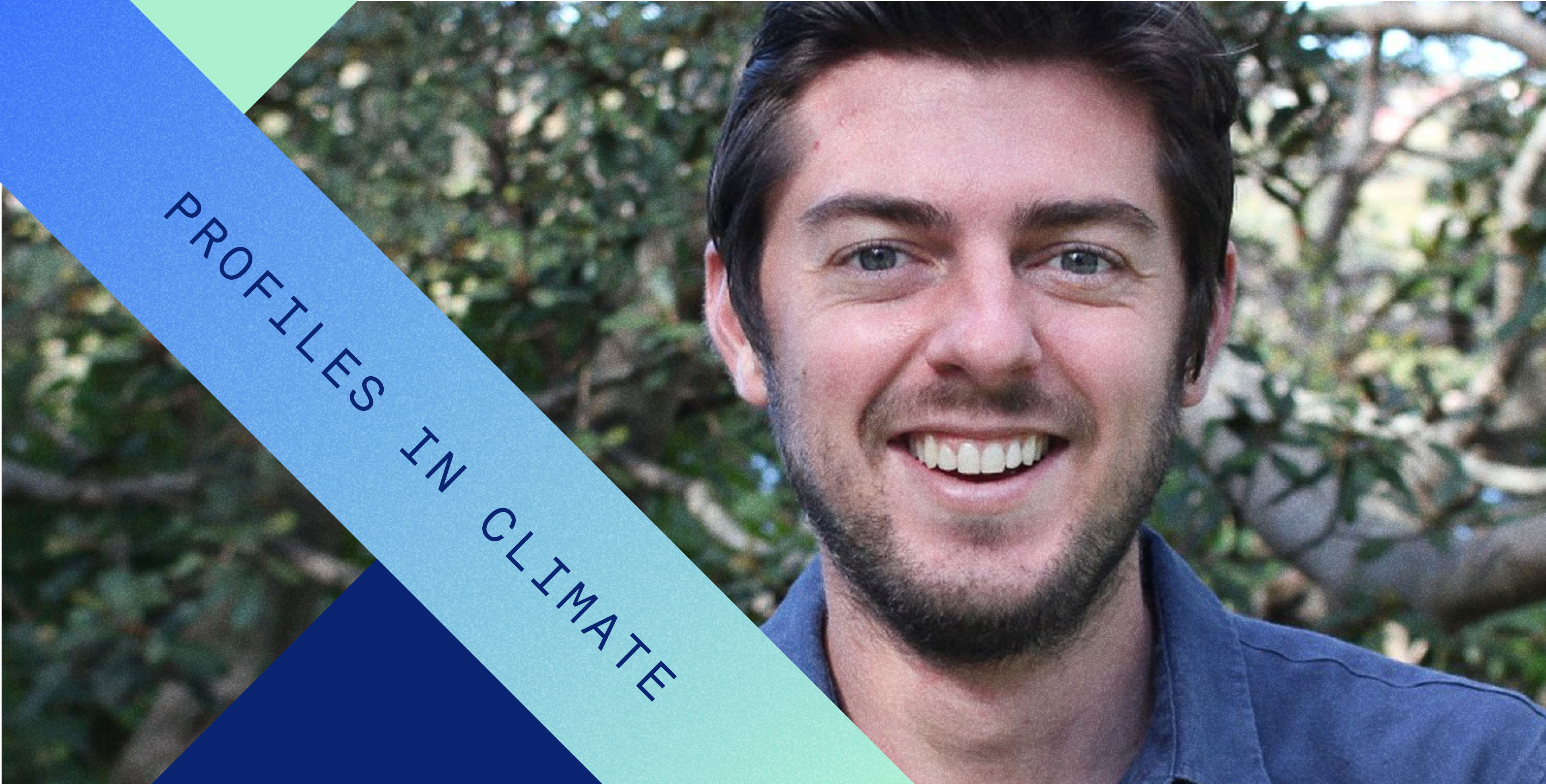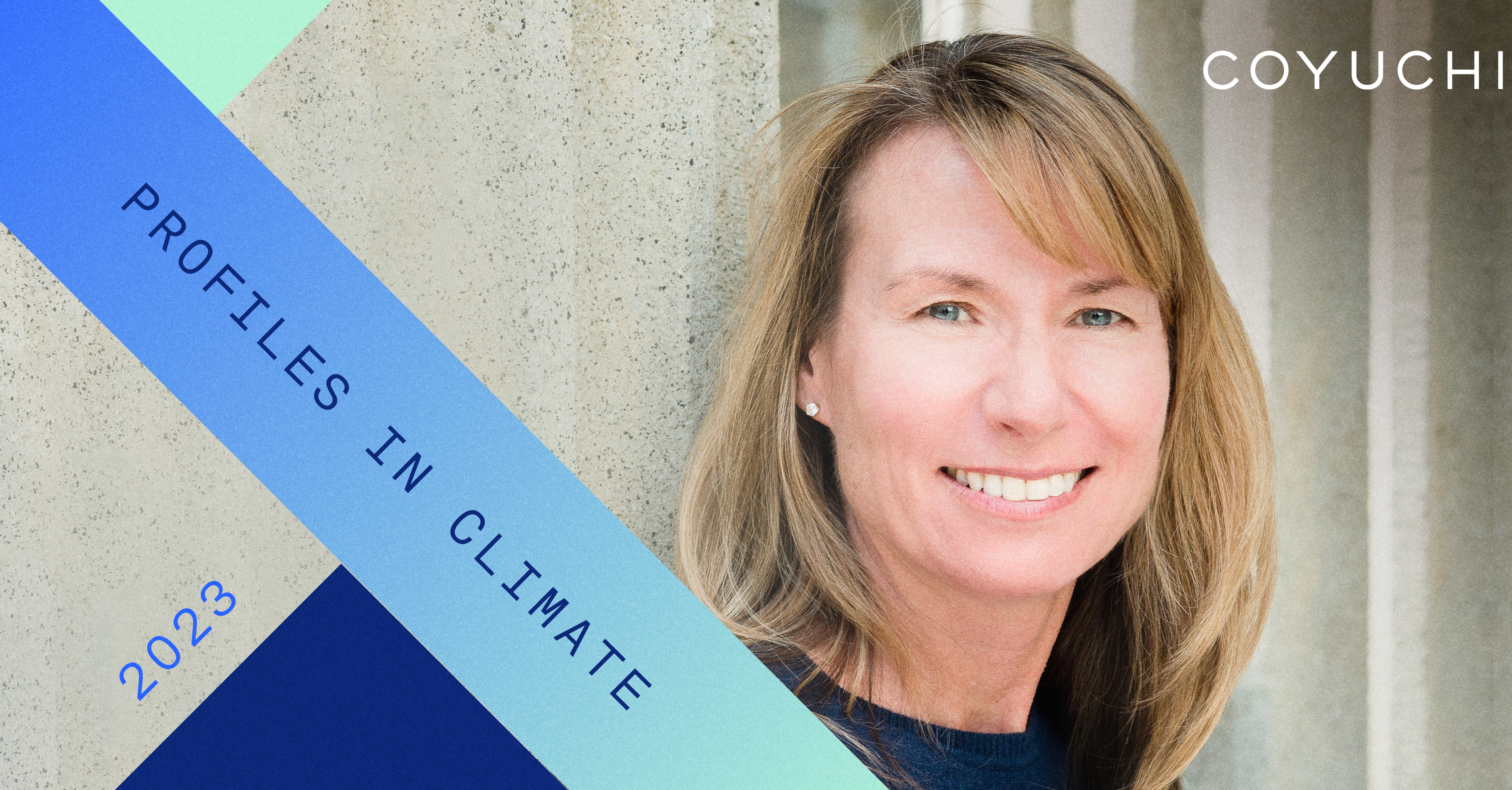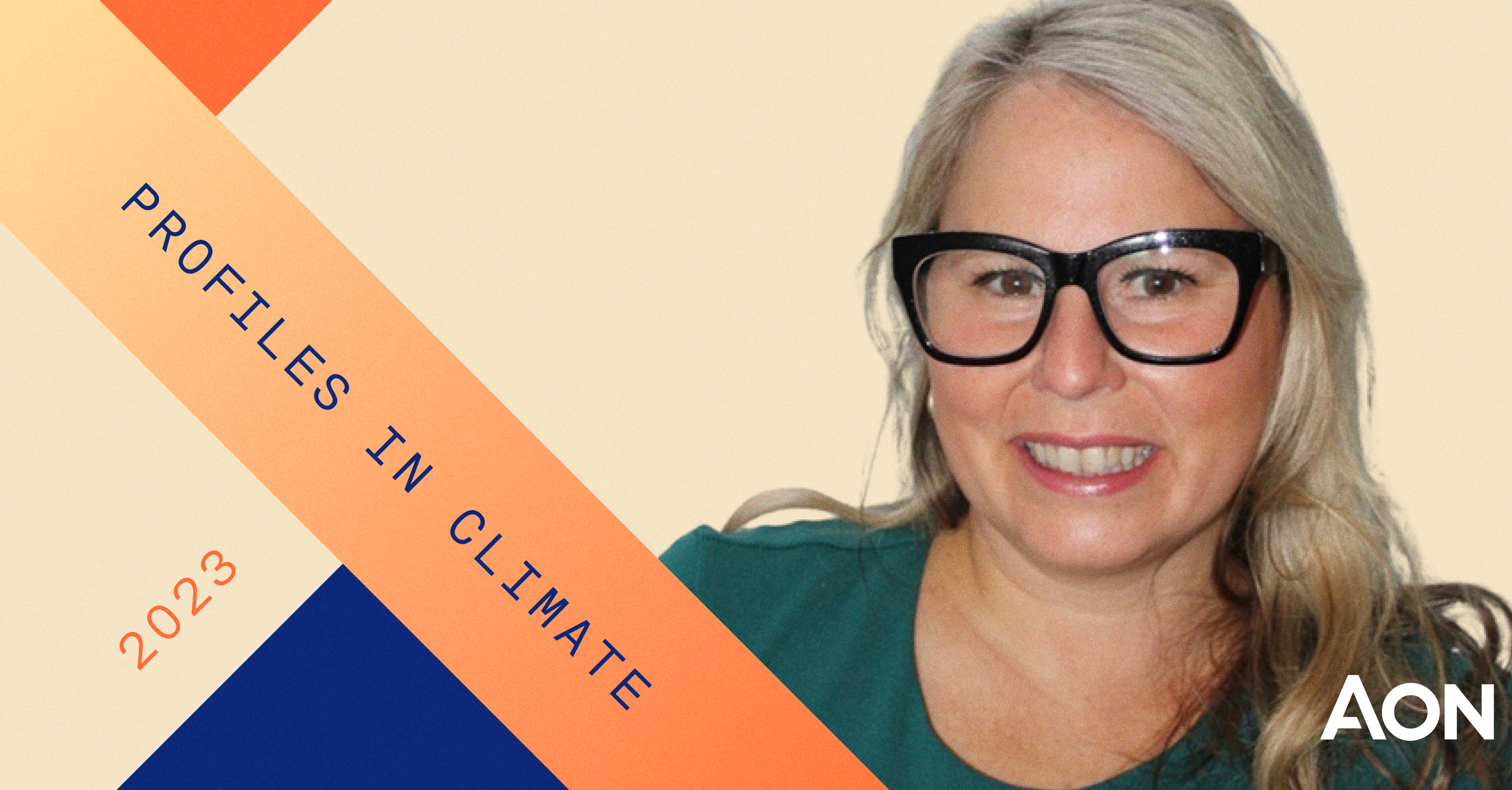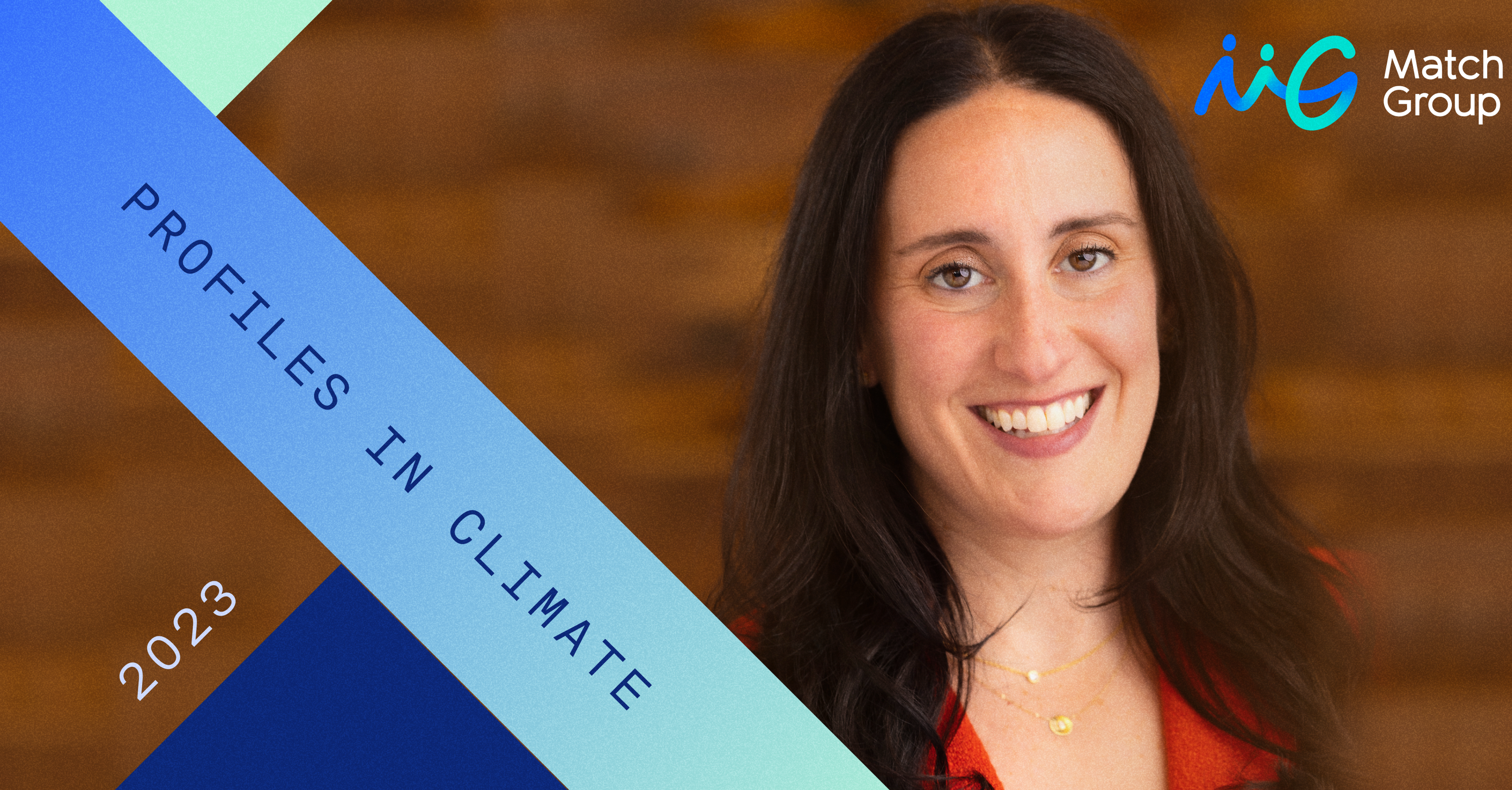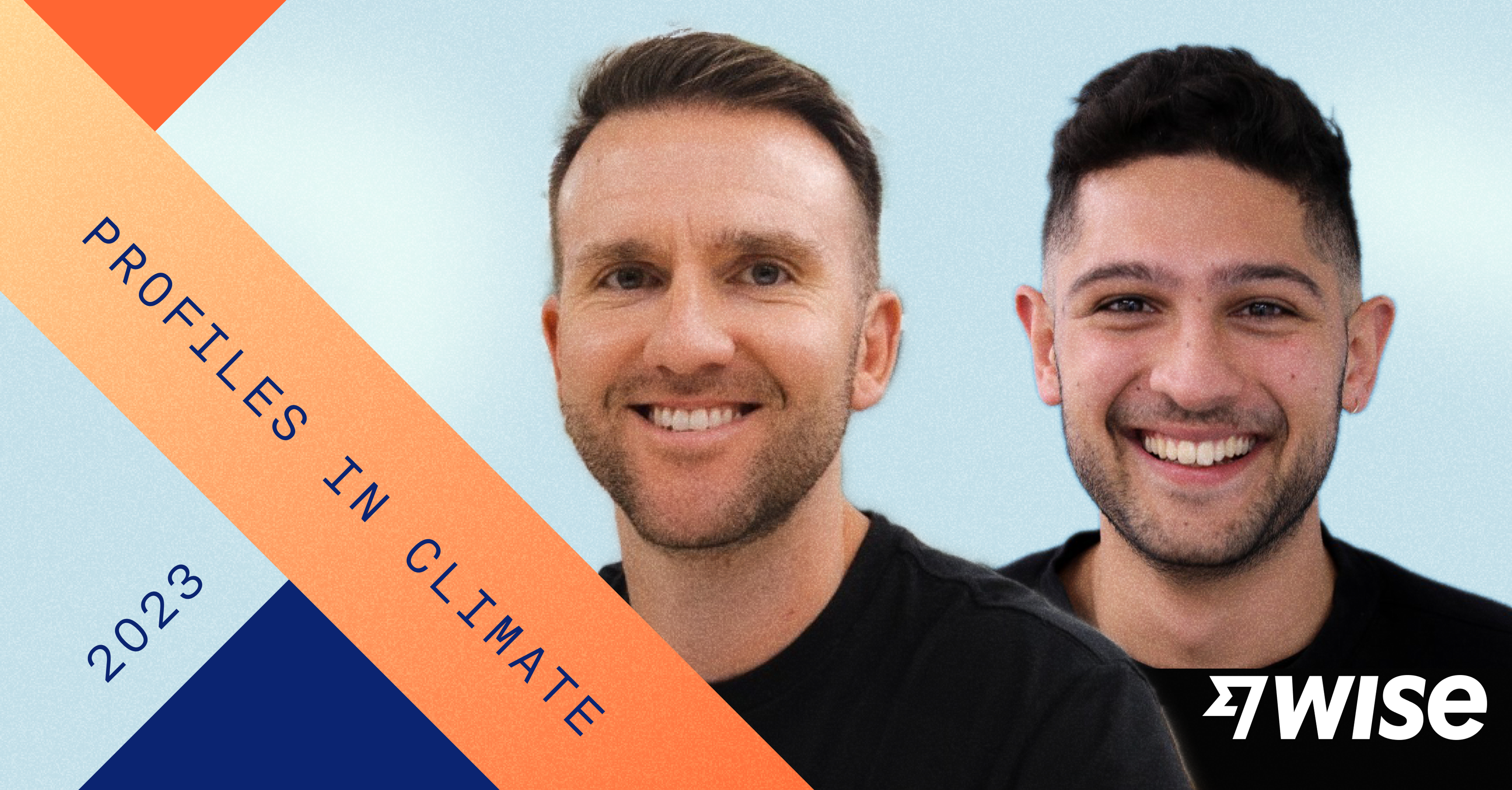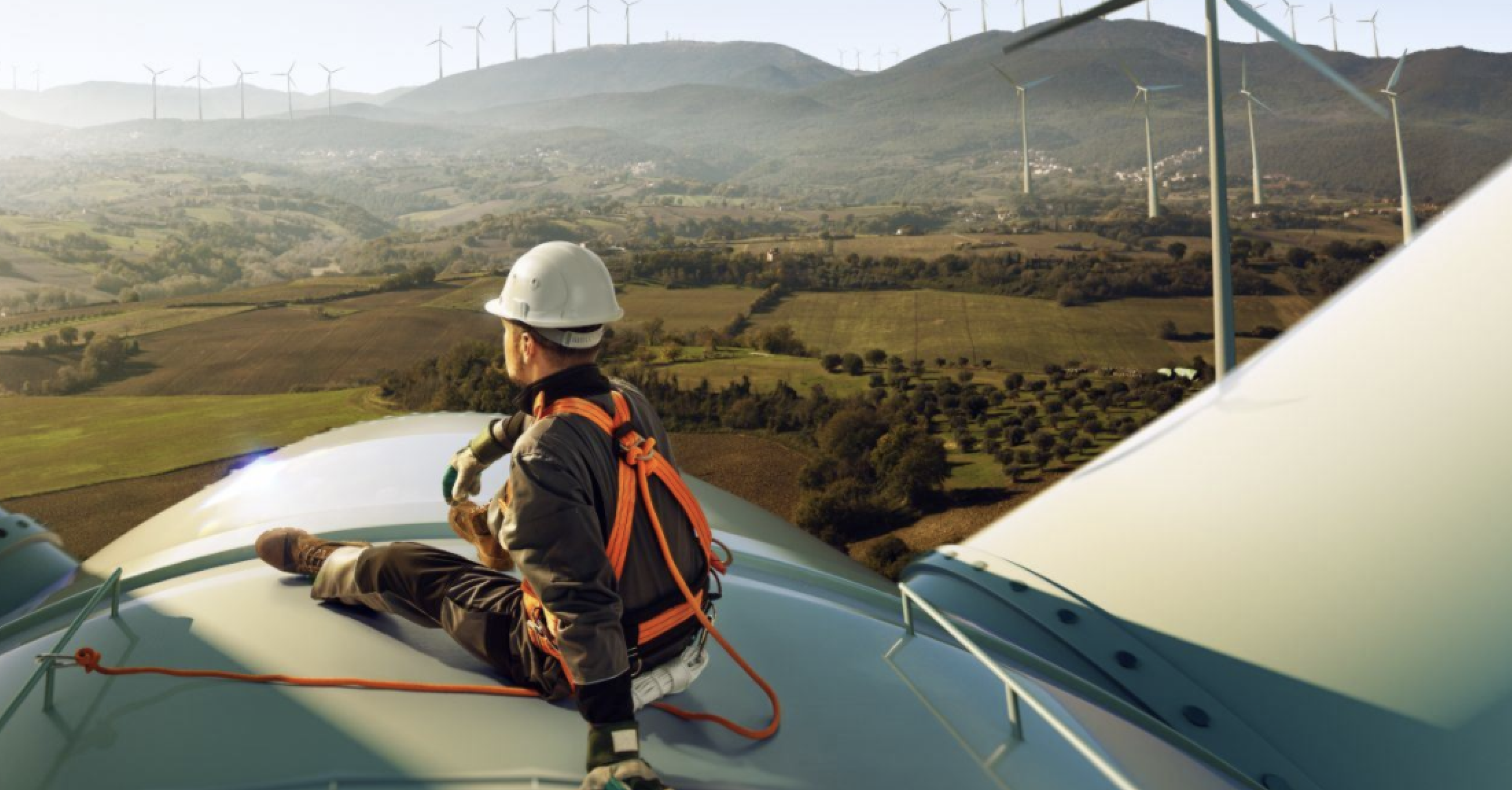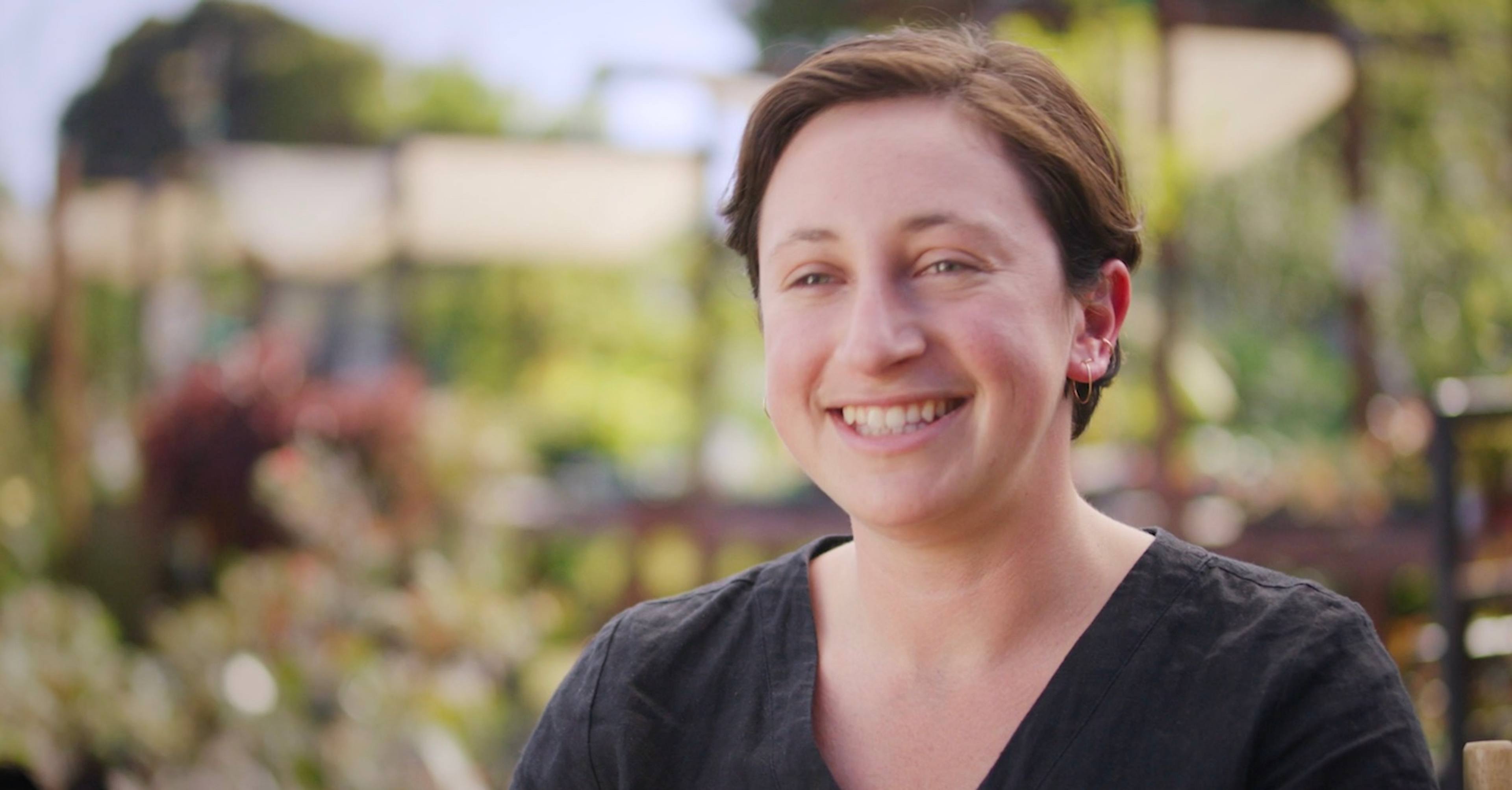Welcome to our new blog series about Climate Leads—the internal champions driving decarbonization initiatives within their companies. We’ll be profiling sustainability leaders to provide insight into how individuals across corporations and industries are driving real climate impact.
Our first conversation is with Mike Williams, Head of Sustainability at Canva. Canva is a visual communication platform with a mission to empower everyone in the world to design. In October 2021, Canva became the first Australian company to sign The Climate Pledge, a global commitment co-founded by Amazon and Global Optimism to reach net-zero carbon by 2040—just one example of its commitment to a sustainable future and decision-making that benefits people and the planet.
Tell us about your career path. How did you start working on climate?
I’ve been at Canva for over six years now, but I started focusing on sustainability recently, initially motivated to take action by experiencing the 2019-2020 Australian bushfires which destroyed around 18M hectares of land and killed millions of animals. After those events, I became interested in supporting sustainability as part of my everyday work.
When the opportunity to lead Canva’s sustainability efforts presented itself, I jumped at it. More than 1% of the world’s population use Canva every month, so the way we approach climate work with our team, our vendors, and our customers has the potential to make a considerable impact.
What are you most proud of in your climate work so far?
We’re still early in our work, but I’m proud of how much we’ve already been able to accomplish! Recently, we were the first Australian company to participate in Frontier, a joint business commitment to accelerate the development of carbon removal technologies.
Frontier resonated with us because the UN International Panel on Climate Change (IPCC) stated that carbon removal is imperative to addressing climate change. We already had ambitious goals related to supporting the climate, so our leadership was enthusiastic to participate.
What advice do you have for people who are just kicking off climate programs right now?
First, know your key stakeholders at your company and develop good relationships with them. A lot of the work isn’t possible without contributions from others, and milestones need to be achieved through teams - not in isolation from them.
Second, so much of this role is operational that having a sustainability platform like Watershed gives a solid foundation for making sure things are accurately measured, that our work is streamlined, and further supports our foundational goals, especially as new regulation comes into force.
Third, there’s often no need to create strategies from scratch. Build relationships with peers from across the industry and gather their insights to accelerate your own efforts.
What value does a climate program bring to Canva?
Canva is guided by what we call our “Two Step Plan”: Step 1) become one of the most valuable companies in the world and Step 2) do the most good we can. As more people around the world use Canva, our ability to drive change increases. Our vocal commitments to address climate change also help us attract the best and brightest people in the world who are aligned with our mission and are genuinely passionate about making a difference.
Separately, Canva is a global brand and continues to expand into new markets. We are thoughtful about a lot of different international frameworks around measuring and reporting emissions. Our climate work very much supports our ability to expand.
Where do you go to learn more about climate or hear the latest?
The Carbon Brief newsletter gives a fantastic digest of the world’s climate news, which I heard about on the podcast My Climate Journey, which is another great resource. For those new to climate, Project Drawdown is a great place to learn the basics.
